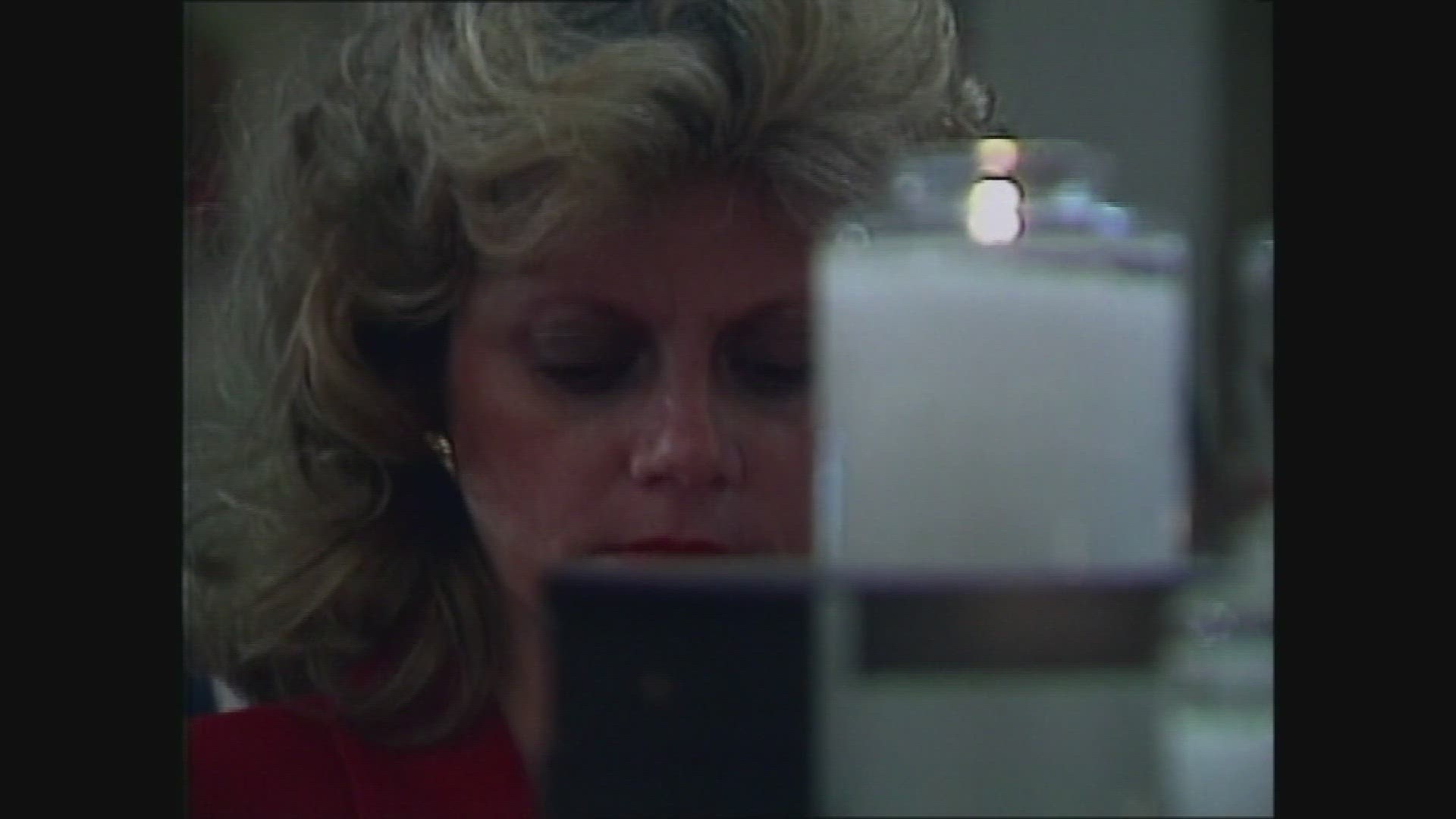Gourmet French-Fried Turkey
1 young hen turkey, 8-10 pound average, cut into serving portions
1 bottle Frank Davis Poultry Seasoning
1 bottle peanut oil (64 ounce size)
1 bottle Frank Davis Sprinkling Spice
Unlike deep-frying a whole turkey, pan frying is similar to sauteing. . .except that a little more oil is used, the turkey pieces are larger and thicker, and the cooking process requires a longer time.
You'll need to use high heat initially to sear the turkey pieces, to get them to brown, and to seal in all of the natural juices.
This procedure is then followed by a longer cooking period over lower heat (I recommend medium to medium-high depending on the thickness of the meat) in order to cook the turkey to perfection.
The skillet you use should have a heavy bottom that will conduct the heat more evenly.
A large well-seasoned, cast iron skillet, either uncoated or fused with porcelain, works well.
A heavy non-stick pan can also work for you.
Just make sure the pan has a lot of room so that the turkey has room to brown. If the pan is crowded, the turkey won't sear and brown it will steam. And you don't want that.
Unlike frying chicken pieces in this manner, because of the size of the turkey parts like the breast or leg need to be cut down into small pieces to make them easier to handle and to allow them to cook faster.
Smaller pieces such as the wing parts can be fried whole.
By the way, the turkey pieces should be patted dry with paper towels to remove excess moisture.
To get started, heat the pan containing the peanut oil to 'almost a sizzle.'
The pieces are then gently placed into the oil and should start to 'actively fry' the minute the meat hits the pan.
If the turkey doesn't begin to fry immediately, that means that the pan and oil were not hot enough.Remove the turkey and try again once the temperature rises.
Do not go poking the pieces with a fork to turn them because piercing the turkey allows their juices to escape.
A pair of tongs is the best utensil to use.
Just for the record, unlike sauteing the turkey pieces can be turned more than once because the pieces are larger and require a longer cooking time.
Note that leaving the meat in one position in the pan for too long will cause the outside of the meat to burn and overcook long before the inside is cooked through and through.
Incidentally, it is important that you cook your pan-fried turkey to an internal temperature of 170 degrees minimum to ensure that you destroy any harmful bacteria.
I wholeheartedly recommend a quick-read, digital, meat thermometer for this. If you don't have one, it's a worthwhile (and inexpensive) investment.
Oh, keep in mind that all the turkey pieces need to be removed from the pan, covered, and allowed to rest for a few minute before eating.
This procedure is done because the temperature will continue to rise an additional 5 degrees while resting, and the rest gives internal juices time to redistribute, resulting in a tender, succulent, more flavorful turkey.
So this year, don't bake, roast, poach, or barbecue your Franksgiving turkey. Cajun-fry it instead!
It's a whole different, delectable taste treat. And I guarantee you that the Pilgrims and Indians would have done it that way if they had known how!

